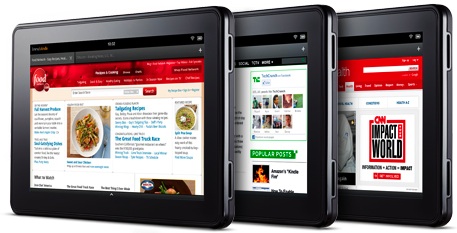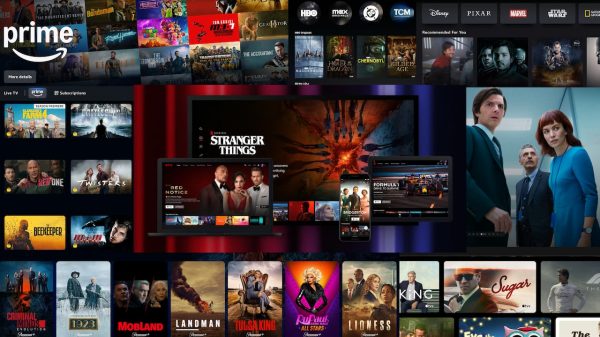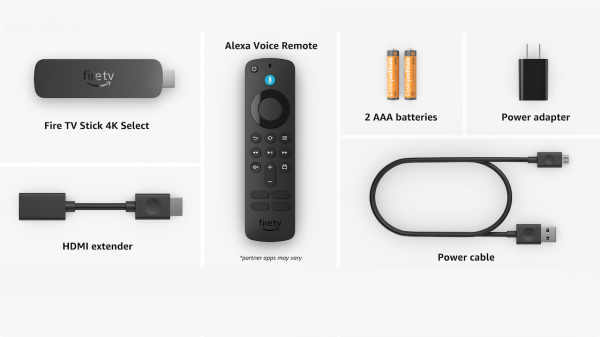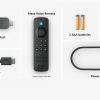Amazon announced a new web browser specifically designed for their new Kindle Fire Tablet, called Amazon Silk. The new browser lives partly on the tablet and partly in the cloud (on Amazon’s EC2 servers). With the goal being to speed up mobile web browsing, Amazon says it has engineered a faster browser that leverages the massive compute power of its cloud in conjunction with the needs of mobile users.
Web pages can be optimized in the cloud before they are sent to the tablet. Since the screen resolution of the Kindle Fire is 1024×600, downloading a larger image would not only take longer to load, but would look the same once it was downloaded. Amazon’s Cloud can compress, resize and store images before they’re sent over a wireless connection, which can dramatically speed up viewing. Furthermore, Amazon’s intelligent architecture can keep the same image cached on its servers for others to view quickly. Reducing web page size is just one aspect of Silk’s performance enhancements. Predictive modeling can even start downloading pages (in the background) before you click on a link, making them appear even faster.
Since a free Amazon Cloud Storage account comes included with the Kindle Fire there should be no configuration issues after an initial login. However, privacy advocates are worried that if every web site request is passed to Amazon’s Cloud for optimization, then every website you visit could be tracked by Amazon.
Putting all the technical mumbo jumbo aside, Amazon Silk is web browser. All of its complexities are behind the scene and seamless to the user. If have a Kindle Fire you’ll use it to view websites like any browser, and hopefully they will appear fast. Also, if you’re wondering it does support Flash.
Until the Kindle Fire is released on November 15, 2011 we won’t know for sure if Amazon Silk lives up to expectations. However, if it’s as good as they say wouldn’t Amazon want to make Silk available to other Android tablets and smartphones?

Amazon Explains Silk
Traditional browsers must wait to receive the HTML file in order to begin downloading the other page assets. Silk is different because it learns these page characteristics automatically by aggregating the results of millions of page loads and maintaining this knowledge on EC2. While another browser might still be setting up a connection with the host server, Silk has already pushed content that it knows is associated with the page to the Kindle Fire before the site has even instructed the browser where to find it.
A typical web request begins with resolving the domain names associated with the server and establishing a TCP connection to issue the http request. Establishing TCP connections for each request consumes time and resources that slow down traditional browsers. Silk keeps a persistent connection open to EC2 so that there is always a connection at the ready to start loading the next page. Silk also uses EC2 to maintain a persistent connection to the top sites on the web. This approach reduces latency that would otherwise result from constantly establishing TCP connections. Further, Silk’s split architecture uses a pipelined, multiplexing protocol that can send all the content over a single connection.
In addition to having more horsepower than a mobile processor, Amazon has peering relationships with major internet service providers, and many top sites are hosted on EC2. This means that many web requests will never leave the extended infrastructure of Amazon’s Cloud, reducing transit times to only a few milliseconds. Further, while processing and memory constraints lead most mobile browsers to limit the amount of work they attempt at any one time, using EC2 frees Silk from these constraints. If hundreds of files are required to build a web page across dozens of domains, Silk can request all of this content simultaneously with EC2, without overwhelming the mobile device processor or impacting battery life.
Amazon EC2 is always connected to the backbone of the internet where round-trip latency is 5 milliseconds or less to most web sites rather than the 100 milliseconds seen over wireless connections. In addition, EC2 servers have massive computational power. On EC2, available CPU, storage, and available memory can be orders of magnitudes larger than on mobile devices. Silk uses the power and speed of the EC2 server fleet to retrieve all of the components of a website and deliver them to Kindle Fire in a single, fast stream.
Finally, Silk leverages the collaborative filtering techniques and machine learning algorithms Amazon has built over the last 15 years to power features such as “customers who bought this also bought…” As Silk serves up millions of page views every day, it learns more about the individual sites it renders and where users go next. By observing the aggregate traffic patterns on various web sites, it refines its heuristics, allowing for accurate predictions of the next page request. For example, Silk might observe that 85 percent of visitors to a leading news site next click on that site’s top headline. With that knowledge, EC2 and Silk together make intelligent decisions about pre-pushing content to the Kindle Fire. As a result, the next page a Kindle Fire customer is likely to visit will already be available locally in the device cache, enabling instant rendering to the screen.
Amazon chose the name “Silk” because a thread of silk is an invisible yet incredibly strong connection between two different things. In the case of Amazon Silk, it’s the connection between the Kindle Fire and Amazon EC2 that creates a better, faster browsing experience.
Article by Brian Mitchell, Founder & CEO, eCoustics.com








































